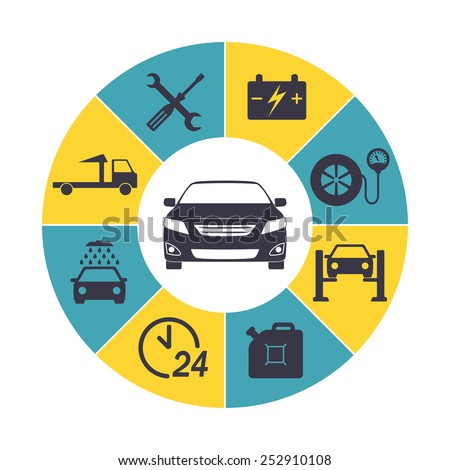Evaluating Your Car'S Warning Indicators: What They Really Convey
Evaluating Your Car'S Warning Indicators: What They Really Convey
Blog Article
Material Author-Higgins Dalgaard
When you lag the wheel, those glowing warning lights on your control panel can be a little bit difficult. Do you understand what they're attempting to tell you about your cars and truck's health and wellness? Understanding the significance of these lights is essential for your safety and security and the long life of your lorry. So, the next time one of those lights pops up, wouldn't you intend to analyze its message accurately and take the needed steps to address it?
Common Warning Lighting and Interpretations
Recognize usual warning lights in your vehicle and understand their meanings to make certain safe driving.
One of the most normal warning lights include the check engine light, which signifies problems with the engine or exhausts system. If https://ecutunenearme84061.activoblog.com/31191953/the-effect-of-car-detailing-on-resale-worth-what-studies-program begins, it's crucial to have your automobile inspected without delay.
The oil pressure alerting light suggests reduced oil pressure, calling for prompt interest to avoid engine damages.
A flashing battery light may suggest a malfunctioning charging system, potentially leaving you stranded otherwise attended to.
The tire pressure monitoring system (TPMS) light signals you to reduced tire stress, impacting automobile stability and gas performance. Disregarding this might cause dangerous driving problems.
The abdominal light shows a problem with the anti-lock stopping system, jeopardizing your capability to quit swiftly in emergencies.
Last but not least, the coolant temperature advising light warns of engine overheating, which can lead to severe damage otherwise settled swiftly.
Comprehending these typical caution lights will aid you deal with issues immediately and preserve safe driving conditions.
Importance of Prompt Focus
Comprehending the common caution lights in your car is just the first step; the value of without delay dealing with these cautions can't be emphasized sufficient to guarantee your security when driving.
When a warning light brightens on your dashboard, it's your cars and truck's method of interacting a prospective problem that requires focus. Ignoring these warnings can bring about much more severe troubles later on, compromising your safety and potentially costing you a lot more in repairs.
just click the following internet site to alerting lights can avoid break downs and crashes. As an example, a blinking check engine light might show a misfire that, if left unattended, can trigger damages to the catalytic converter. Resolving car groomer auckland can conserve you from a pricey fixing.
Likewise, a brake system alerting light might indicate reduced brake fluid or worn brake pads, crucial components for your security when driving.
DIY Troubleshooting Tips
If you notice a warning light on your dashboard, there are a couple of DIY troubleshooting ideas you can attempt prior to looking for specialist assistance.
The initial step is to consult your vehicle's guidebook to understand what the specific warning light suggests. Often https://www.cbp.gov/newsroom/local-media-release/philadelphia-cbp-seizes-nearly-300k-copyright-auto-parts-china can be as easy as a loose gas cap activating the check engine light. Tightening the gas cap might solve the issue.
An additional usual problem is a low battery, which can set off various advising lights. Checking the battery connections for deterioration and ensuring they're protected may fix the problem.
If a caution light persists, you can try resetting it by separating the auto's battery for a couple of mins and then reconnecting it. Furthermore, checking your vehicle's liquid levels, such as oil, coolant, and brake fluid, can help repair advising lights associated with these systems.
Final thought
Finally, comprehending your cars and truck's caution lights is important for keeping your vehicle running smoothly and safely. By immediately addressing these alerts and knowing what they suggest, you can prevent costly fixings and potential failures.
Keep in mind to consult your auto's handbook for certain details on each alerting light and act appropriately to ensure a trouble-free driving experience.
Remain notified, stay safe on the road!
